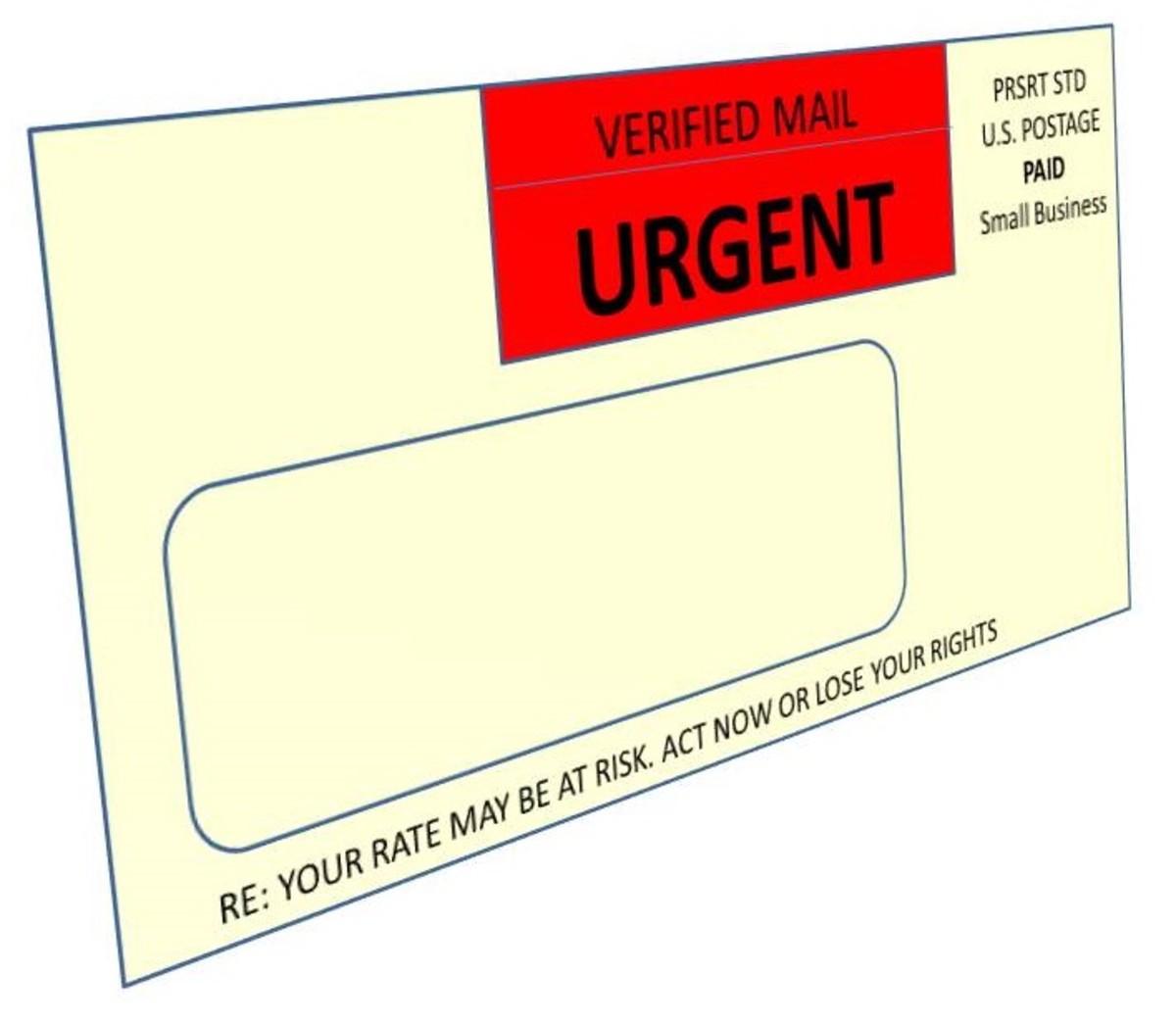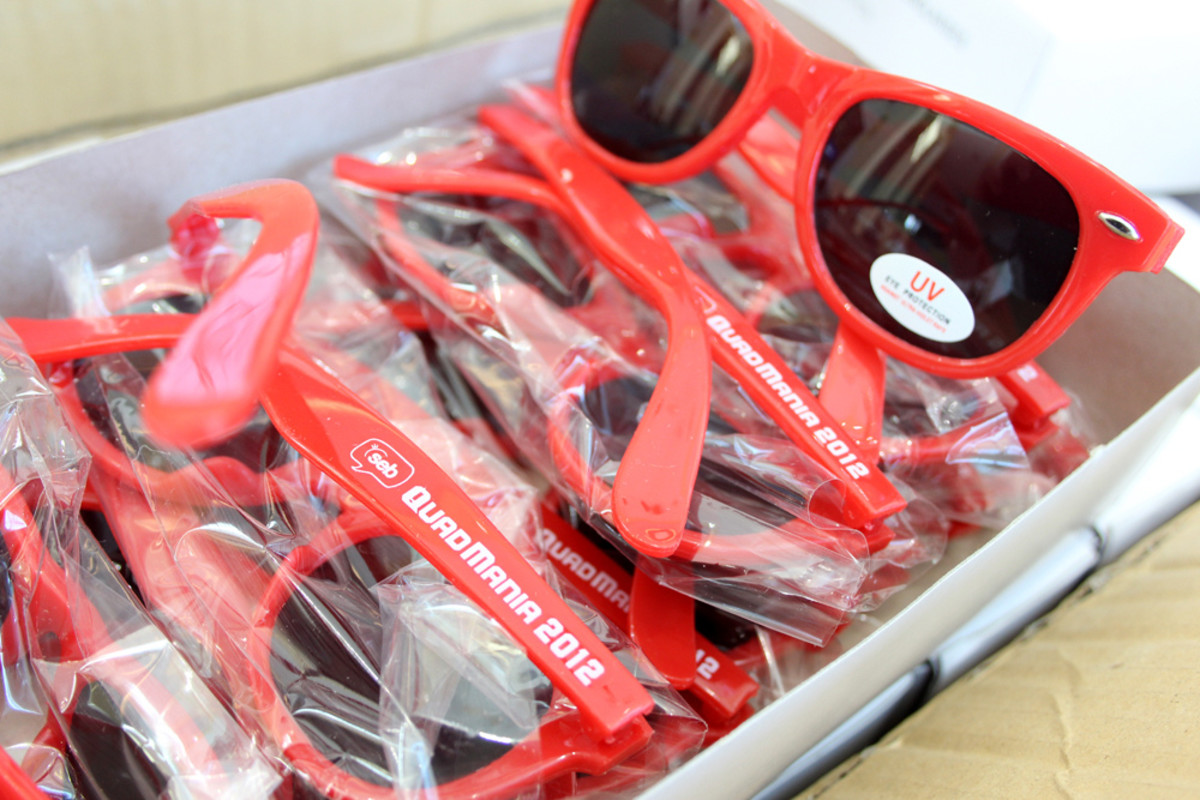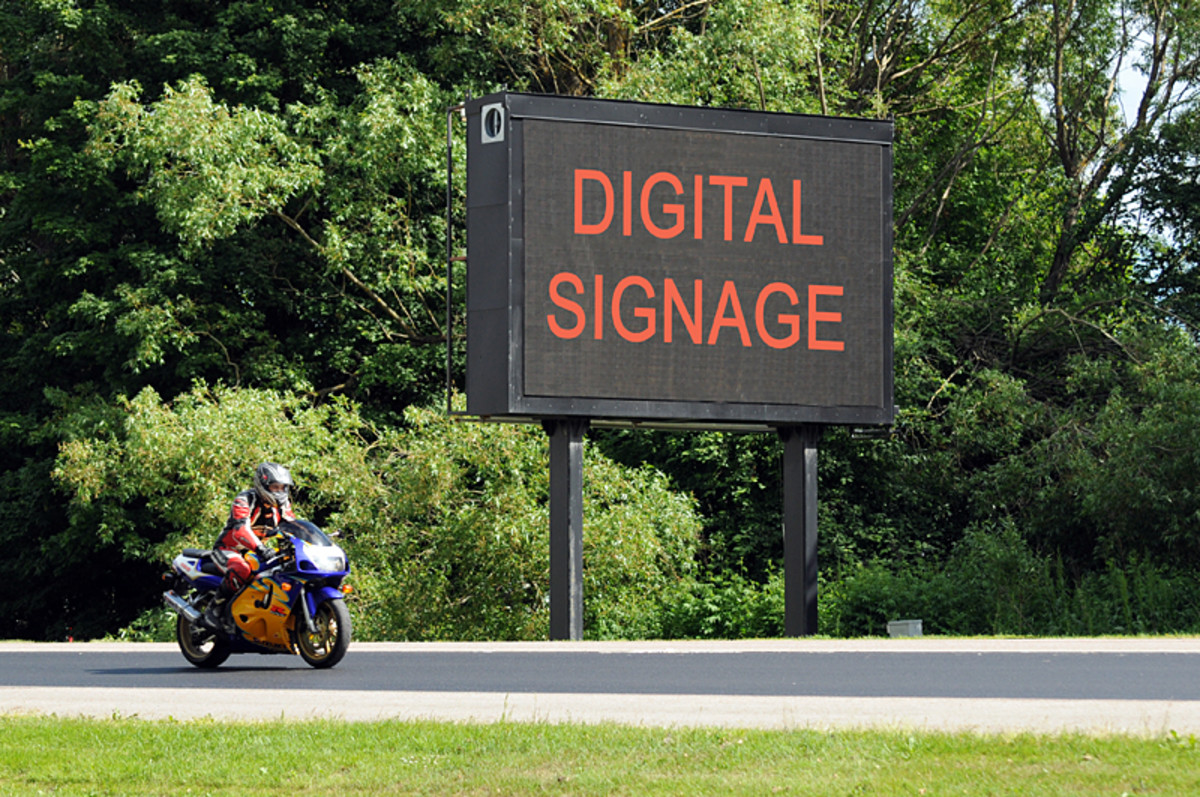What Types Of Exhibition Display Stands Are There?

In the marketing world, display stands are used in a whole host of environments at a plethora of events and for a number of different purposes. They are an essential part of attracting customers’ attention, presenting information and ensuring your company’s message is delivered to prospective clients. Choosing the right design and display stand could be the difference between a successful marketing campaign and a wasted investment.
Are you hosting a stall at a trade show, advertising in a shopping centre or simply trying to attract attention on the local high street? Whatever your platform, there is a display stand for you.
1. Twist Stands
These incredibly flexible stands allow you and your company to join multiple units of stand together to form a seamless advertising display. These stands are ideal for trade shows and exhibitions as they allow you to manipulate their shape to fit any size of exhibition. TV monitors can be added for demonstration purposes or to allow clients to truly interact with the exhibition.
2. Pull Ups
Cost effective and lightweight, pull up banners are ideal for companies and organisations that frequent exhibitions and conferences on a regular basis. The banners can quickly be assembled or disassembled and fold up into a portable cassette; perfect for teams on the go.
3. Pop Ups
Pop up display stands are ideal for conferences, trade shows and exhibitions and provide the perfect backdrop for demonstrations or talks. At the high end, they incorporate flat screen, HD television screens to support you or your staff member in delivering their presentation. There are also a number of innovative pop up designs, ideal for trade show exhibitions.
4. Poster Displays
Ideal supplements to trade show exhibition stands, poster stands allow you to display leaflets and posters including detail unsuitable for the main display. There are a number of designs available, including modular set ups that allow you to combine multiple displays and incorporate entire catalogues of product or brand information.
5. Display Boards
Simple display boards are useful for a number of purposes. Posters, product information and individual products can be attached to attract customer attention. They are also extremely popular within education for displaying information or the work of current students and alumni. Content is simply attached by pin, allowing organisations to frequently update their displays.
6. Cable and Rod Displays
Popular with estate agents and restaurants, cable and rod stands are perfect for window advertising. They are often double sided, allowing companies to use them to inform customers once they have been attracted in from the street.
7. Exhibition Plinths
At trade shows, conferences and media events, plinths are used to stand behind and deliver speeches from. They offer the speaker a platform as well as a holding place for notes and a glass of water. These plinths can also be used as a display stand by emblazoning a company’s logo, name or tagline across the front.
8. Brochure Stands
Whether at a trade show or in the office, any company should be able to offer their customers literature on their organisation and its products. Brochure stands offer a simple but sophisticated way of presenting such literature to potential clients.
9. Outdoor Signs
Many marketing events take place outside, meaning companies require durable and sturdy signs able to deal with the weather. Outdoor signs can also be used for advertisements, on high streets for example. Display stands designed specifically for pavements come equipped with weighted bases or sturdy frames to ensure they are not knocked over by pedestrians or the wind.
10. Demonstration Counters
Finally, a popular marketing approach for many companies is to offer samples or demonstrations to customers and potential clients. The promise of a demo or free sample needs to be displayed to potential customers through a clear, enticing demo counter.
As you can see, there is a plethora of display stands available to companies looking to marketing their product, service or brand. The ten display stands described here give you just a flavour of what is out there today – get in touch with a professional sign company to find out more. In fact, why not invest in your own display stands to boost your company’s performance and trade shows and exhibitions or draw in new clients from the street, today?
Making The Most Of Your Exhibition Stand

Trade shows, marketing events and industry exhibitions are excellent ways for companies to come face to face with their potential clients. Done well, an exhibition stand is an extremely lucrative way for firms to increase their brand’s profile, receive feedback from customers and, overall, improve sales. It could be the marketing tool that you and your firm have been missing.
Making the most of your exhibition stand is absolutely essential if the day is going to lucrative to your company. The likelihood is an exhibition will be full of your competitors as well as potential clients. Failure to stand out against these competitors could even have a negative effect on your company in addition to the expense you pay to run the stand.
Follow these tips to ensure your day attracts brand new clients, develops a relationship with existing clients and even persuades your competitors’ clients to turn to your brand.
1. Preparation Is Essential
By the time you turn up to an exhibition your preparation will have already determined whether or not the day is going to be a successful one. The planning and preparation for the event should start between a week and a fortnight before the big day.
Firstly, the team of people manning the stand needs to be carefully selected. The team need to be hardworking, patient and interesting as well as experts in your company’s products and services. Traditional salespeople aren’t always the best candidates for exhibitions as the ‘hard sell’ approach can often turn off clients rather than attract new ones. The team needs to be dynamic as well as apt at teamwork. Allocate each member of the team to a specific role or area of your exhibition.
Once the team has been selected, the preparation really begins. A checklist of notable attendees and clients likely to attend the exhibition should be compiled and details of their interests and positions within industry noted down. Following that, literature and merchandise must be produced and compiled. Invoices, price lists and potentially a cash register must be collected and useful items such as stationary, multi-sockets and napkins added to the pile.
The exhibition stand itself must also be carefully designed. Key points to consider are its layout, the central theme and the message you hope to deliver to potential clients and customers. Ensure the message is simple and leaves visitors in no doubt as to who you are and what you do.
On the morning of the event, ensure the team arrives with plenty of time to set up, speak to the event organisers and locate useful amenities. The team must be calm and relaxed to ensure a smooth operation throughout the day.
2. On The Day
Throughout the day, your team need to be energised and alert without fail. Ensure they are welcoming, polite and able to deliver your message to visitors without going in for the kill. By listening to the needs and wants of visitors to the stand, your team can better inform them of the relevant products and services you offer.
Body language is also important as the team are literally representing your brand. Smiles, smart attire and eye contact are all essential. Mobile phones, food and bad language must not be seen or heard.
Throughout the day your staff should be collating information on potential clients. Part of this process involves weeding out the time wasters and visitors from competitors. Whilst remaining polite, the team should quickly move on those who fall into either of these categories.
3. The Follow Up
The hard work really starts once the exhibition has reached it’s conclusion. All those hours the team spent on their feet will be of no avail if each client and contact made on the day is not reached out to in the days following the exhibition.
By grouping contacts into three categories, the team can prioritise who they reach out to first. Those who appeared to be on the verge of a sale should be contacted first whilst your brand is still fresh in their mind. Contacts who appeared interested but in need of persuasion should then be followed up in the week following. Any other contacts can be added to a mailing list and pursued at a later date.
By following these simple tips and putting in the leg work over the weeks surrounding an exhibition, there is no reason your company can’t benefit significantly from an exhibition stand. Remember to prepare thoroughly, work hard on the day and follow up any contacts you and your team make.








